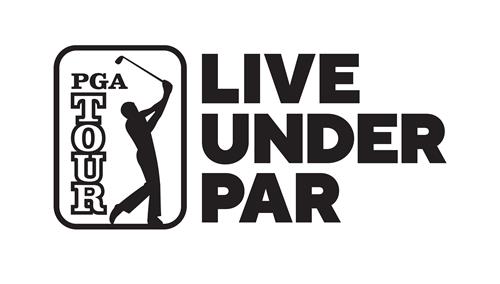Since it is only a couple would you mind giving a physical description of the holes? (distance/elevation/forced layups/tightness)
Diamond 6
629', double dogleg, gentle elevation gain (mostly off the tee, and approaching the green)
Fairway about 25' wide for the first 150', then maybe 40' the rest of the way.
Lined by dense woods.
Drive to landing area, gentle dogleg right, throw to landing area, gentle dogleg left, throw slightly uphill to basket, guarded by 2 small trees, about 25' short and to either side of a straight path so you can't safely hyzer in. In the middle of the second segment is a tree, too far to hit with a drive, but it offers two narrower windows and forces you to decide which to take on your second shot.
I argued that all you have to do is restrain yourself, throw 240' straight and hit the mark, 200' straight, 200' straight, and drop it in. Add a little for the elevation. But it's reasonable; even I've done it before.
But the temptation's there to get around the corner off the tee, and to get around the corner for a second shot, and nail that elusive "3". Which is beyond my ability, but others do manage from time to time.
But over several years of tournaments, the open division never averaged better than 4.6. And it wasn't a bunch of 7s and 8s and OB that inflated that average; it was equal or slightly more 5s than 4s.
Steve would attribute it to errors. But it seems that there's just enough trouble along the way to accumulate on a long hole, or to cause players to be extremely cautious, because if they miss the woods are dense enough to cost a stroke or two.
I called it a "tough 4", yielding a few birdies and lots of bogeys. We changed it to a 5.
Garnet 15
490'
Dogleg right, tee shot slightly uphill, big elevation from landing zone to basket.
The drive is across a pond, 210-240' to clear water (the shorter distance means a longer second throw), with the shore rising 5-10' to the ideal landing area. Which is around the corner, to the right. Cut it too tight, and there are tall trees and an extension of the pond. Cut it too left, there are dense woods. But there's a better chance for a 3 if you get around the corner, and keep it in the fairway; if you just drive straight, you can land safe but leave a big throw for the next one.
The second leg is up a steep hill, with dense woods on either side. In the center of this fairway are two tall trees, in a line along the line of play and about 60' apart, which force you to choose a side or, sometimes, to slalom between them. Basket's on the slope; rollaways aren't a big concern but if you don't quite reach it, it's a steep uphill putt.
It started as a "Tough 3". An unbirdieable 3, which I'm comfortable with. Good drive, good upshot, putt. Except that the 3s were, apparently, tougher than I thought.
*
Now, I suspect that if we had an event where the open division averaged close to 1000 rating, or we had enough high-rated players to select out a significant group that averaged 1000, they'd beat those numbers. We've had some, but not enough. So don't really have a reason to set par accurately for them, nor results to judge whether we did. And, like many designers, we haven't been around them enough to really know what to expect.
I'll also footnote that one of the design philosophies I've quoted to visitors is, "We like tempting people to do something foolish". Which these holes demonstrate.
Steve is defining errors as something like throws that cost a stroke. I understand that. I see the line as much fuzzier; the throw that isn't perfect, and might cost a stroke 20% of the time. Is that an error? Do it once, and it probably won't cost a stroke. Do it multiple times on a long hole, and it might. And that's what we find on a number of holes out here.
P.S. if you go through our course photos to look at those holes---which I can't imagine you would do---the hole numbers are out of sync. This is the result of trying to squeeze 2 overlapping layouts into a website note designed for it, and a recent re-numbering. Ignore the DGCR hole numbers, and read the descriptions. Diamond 6 is described as "Hole 6". Quartz 15 is described as "17A (Quartz)".


